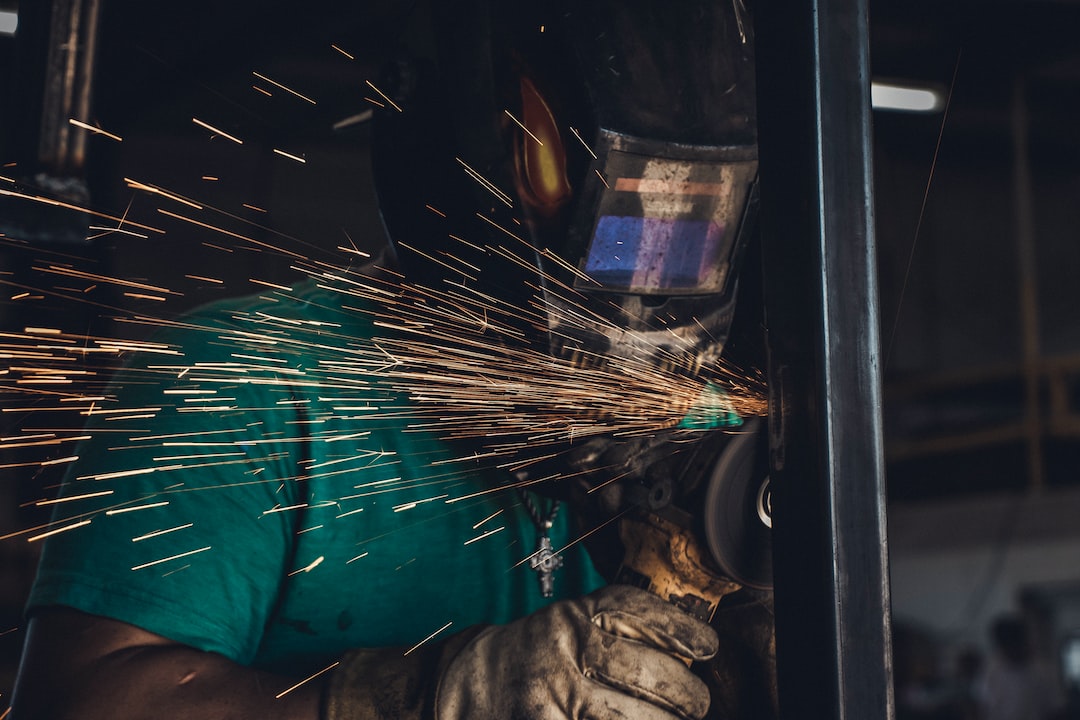The Future of Manufacturing Jobs in the Age of Automation
Manufacturing has been a critical industry since the start of the industrial revolution. It has been an important provider of jobs and economic growth for countries all over the world. However, in recent years, the rise of automation and artificial intelligence has brought about concerns regarding the future of manufacturing jobs. Will machines ultimately replace humans on the factory floor? What does the future hold for the manufacturing industry?
Automation has been both a blessing and a curse for the manufacturing sector. On one hand, it has increased productivity and efficiency. Machines can work 24/7 without the need for breaks or holidays. They also have a higher accuracy rate, reducing errors and waste. Automation has allowed manufacturers to produce more goods at a faster pace, providing consumers with a wider variety of products to choose from.
However, the downside of this advancement is that it has led to job displacement. Machines and robots have taken over many tasks previously performed by humans, rendering them redundant. This has led to concerns about unemployment and an uncertain future for those working in the manufacturing industry.
A study by the International Federation of Robotics estimated that by 2025, there will be around 1.3 million industrial robots operating in factories worldwide. While this may seem alarming, it’s important to note that automation does not necessarily mean complete elimination of jobs. Instead, it often leads to a shift in the types of jobs available.
For instance, while some low-skill and repetitive tasks may become obsolete, there will be an increased demand for workers with higher skills and expertise in operating and maintaining the automated systems. Automation also opens up new opportunities for creative and innovative roles that require human judgment and problem-solving skills. These jobs include designers, engineers, and software developers who are responsible for developing and maintaining the automation technology.
The future of manufacturing jobs lies in reskilling and upskilling the workforce. As automation continues to advance, it is crucial for workers to adapt and acquire new skills that are in demand. Governments and businesses need to invest in training programs and education to equip workers with the necessary knowledge and expertise to thrive in the age of automation.
Another aspect to consider is the potential for collaboration between humans and machines. With the rise of collaborative robots, also known as cobots, humans and machines can work side by side, complementing each other’s strengths. While machines perform repetitive and physically demanding tasks, human workers can focus on complex decision-making, problem-solving, and creativity.
This collaboration can lead to increased productivity and job satisfaction. Workers can engage in more meaningful tasks that require critical thinking and creativity, while the machines handle the mundane and repetitive aspects of the job. It also opens up opportunities for workers to continuously learn and adapt as technology continues to advance.
Another important consideration is the potential impact of automation on job opportunities in developing countries. Historically, manufacturing jobs have been a pathway out of poverty for many communities. However, with the rise of automation, there is concern that these jobs may be lost, leaving communities vulnerable.
However, automation also brings opportunities for these countries. With lower labor costs and an ability to quickly adopt new technologies, developing countries can attract investment and develop their manufacturing capabilities. By focusing on upskilling their workforce and leveraging automation technology, these countries can become competitive players in the global manufacturing landscape.
In conclusion, while automation has brought about concerns regarding the future of manufacturing jobs, it also brings opportunities for growth and innovation. The key lies in reskilling and upskilling the workforce, fostering collaboration between humans and machines, and seizing the potential opportunities presented by automation. The manufacturing industry has always been adaptable, and with the right strategies in place, it can continue to provide meaningful and fulfilling jobs in the age of automation.

